
【滋賀時間.jp】第1回 「三方よし」 近江商人と現代ビジネス 受け継がれる哲学
近江商人の活躍と企業精神
日本は古くから商業が活発であり、特に江戸時代には、大阪商人、伊勢商人、近江商人などが江戸、大阪、京都で著しく活躍し、活気に満ちた様子を呈していました。
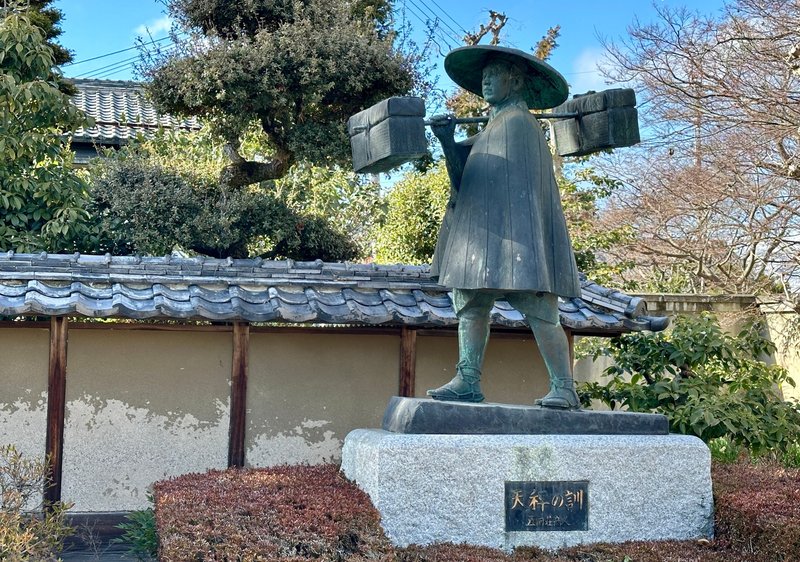
江戸時代から昭和にかけて、全国でその名を馳せたのは近江商人でした。近江商人に由来する主な企業には、大丸、高島屋、西武グループ、伊藤忠商事、住友財閥、東レ、ワコール、トヨタ自動車、日本生命など、名立たる企業があります。彼らが重んじたのは、「三方よし」という理念でした。
売り手によし
買い手によし
世間によし
この企業理念は現代でも改めて重視されています。例えば、伊藤忠商事は「ひとりの商人、無数の使命」というコーポレートメッセージを公表しました。これは、顧客や社会の変化に応え、豊かさを提供することを商社の役割とし、「三方よし」の精神を基に従業員に働きかけています。その結果、業績は上向き、2016年3月期には総合商社として初めて純利益で首位に立ちました。

近江商人の発祥地と商業活動
その原点なった近江商人のルールを探りに東近江五個荘を訪問しました。近江商人発祥地とし、近江八幡、日野、五個荘から特に多く輩出された近江商人は、江戸時代後期から明治時代にかけて創業した企業が現在も活躍する商社などを含む、他国稼ぎを本業とする商人です。彼らは呉服、太物、麻布などの繊維関連商品を取り扱い、関東、信濃、奥羽地方及び畿内を中心に活動範囲を広げました。

五個荘商人の経営は、勤勉、倹約、正直、堅実、自立の精神に基づき、先祖を尊重し、敬神の念を持ち続け、成功しても謙虚さを忘れずに公共福祉事業に貢献することで支えられていました。近江商人の商業活動は基本的に行商から始まり、「近江の千両天秤」という諺が示すように、歩いて販路を広げ、需要と供給の情報を迅速に入手して活動し、資本を蓄積すると全国に支店を開設し、さらには江戸、大坂、京都の三都にも進出する豪商として活躍しました。

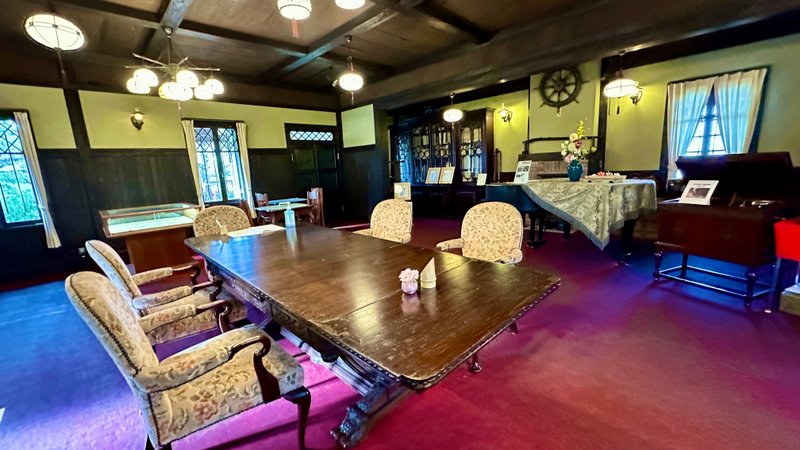
藤井彦四郎とその事業
中でも活躍されたのが藤井彦四郎です。彼は、1899年(明治9年)に滋賀県の北五個荘村大字宮庄で、近江商人の家系にあたる藤井善助の次男として生まれました。少年時代をその地で過ごし、彼の父が京都で事業を営んでいたため、彦四郎は母親のもとで育てられました。彼は若い頃から非常にやんちゃで、村では有名な悪ガキ大将でした。

彦四郎は大津にある県立商業高校(現在の八幡商業高校)を途中で辞め、朝鮮の元山で近江商人の宮原商店で働き、そこで商業の技を磨いた後、京都に戻り、兄と共に父の商売を引き継ぎ、1907年(明治40年)に糸商を始めた藤井彦四郎商店を立ち上げ、「絹小町糸」をはじめとする製品で成功を収めました。化学繊維(レーヨン)分野において、藤井彦四郎は東京の西田嘉兵衛と共に日本の先駆者として称されています。

好奇心旺盛な彼は、海外の文献や雑誌を積極的に調査し、1889年(明治22年)にフランスで発明された人造絹糸の記事を読み、そのポテンシャルを見抜きました。彼はフランスとドイツからサンプルを輸入し、京都西陣の機業者に向けて積極的に宣伝活動を行いました。当初の人絹は品質面で天然絹糸に劣っていましたが、彦四郎と西田の努力により徐々に市場が拡大し、国産化が進んでいきました。その後、彦四郎は毛糸の製造販売に転じ、「スキー毛糸」ブランドで大きな成功を収めました。ドラッカーによれば、企業の主な目的は顧客を創出することであり、そのための基本機能はマーケティング(顧客のニーズを満たす機能)とイノベーション(新しい価値を創造する機能)です。
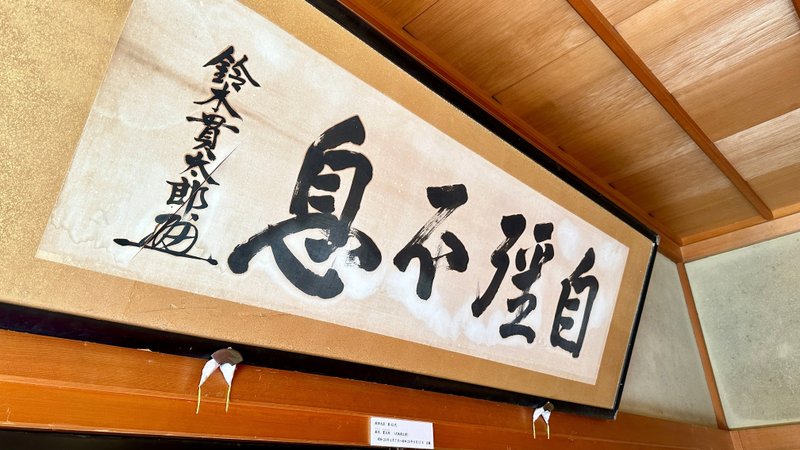
じきょうやまず
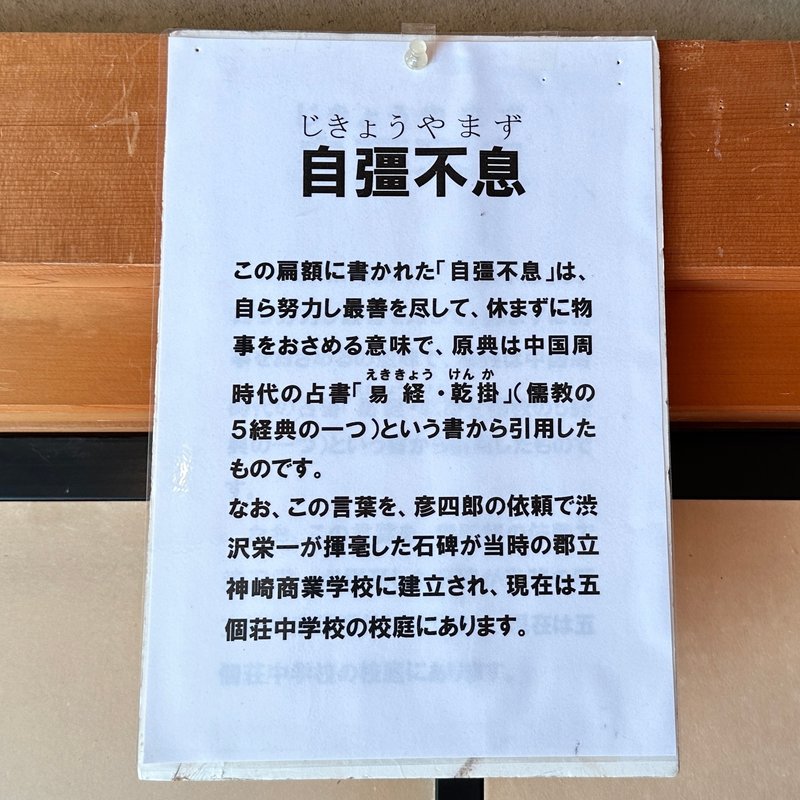
江戸時代、近江商人は、江戸やその他地方の顧客に向けて京・大阪から古手や雑貨を供給し、逆に京・大阪の顧客には地方の産品を提供することで、マーケティング機能を果たしていました。藤井彦四郎は、天然繊維の代替となる人造絹糸の輸入・販売を通じて、新たな市場を切り開き、化学繊維市場の基盤を築いた一人として評価されています。

社会貢献と遺産
彦四郎の事業への貢献は、経済的な成功だけに留まりませんでした。1934年に滋賀県東近江市宮庄町に建設された豪華な迎賓館は、今日では五個荘近江商人屋敷 藤井彦四郎邸として知られ、名勝としての評価を受けています。また、彦四郎は1936年に私財を投じて藤井協成会を設立し、地域社会の教育振興や文化向上、社会福祉の増進に寄与しました。

この公益財団法人は、彼の死後も彼の意志を継承し、多くの教育関連機関に寄付を行っています。藤井彦四郎の遺産は、彼の事業の成功や建築への貢献、社会への影響にとどまらず、後世に対する深い影響を与えています。彼の先見の明、革新的な精神、そして社会への深い貢献は、今日の日本産業の礎となっており、彼の業績はこれからも長く語り継がれることでしょう。彦四郎の物語は、日本の産業化とその社会への貢献を象徴するものであり、彼の遺した遺産は、未来の世代に対しても価値あるインスピレーションを提供し続けることでしょう。

The Achievements and Entrepreneurial Spirit of the Omi Merchants
Japan has been a hub of commercial activity since ancient times, especially during the Edo period, when merchants from Osaka, Ise, and Omi notably thrived in Edo (Tokyo), Osaka, and Kyoto, presenting a vibrant scene. From the Edo period through the Showa era, the Omi merchants were renowned nationwide. Major companies originating from the Omi merchants include Daimaru, Takashimaya, Seibu Group, Itochu Corporation, Sumitomo Zaibatsu, Toray Industries, Wacoal, Toyota Motor Corporation, and Nippon Life Insurance, among others. They esteemed the principle of "Sanpo Yoshi" (good for three sides):
Good for the seller
Good for the buyer
Good for society
This corporate philosophy is still highly regarded today. For instance, Itochu Corporation released a corporate message, "One merchant, myriad missions," emphasizing the role of trading companies in responding to changes in customers and society and enriching lives, based on the spirit of "Sanpo Yoshi." As a result, their performance improved, and in the fiscal year ending March 2016, they became the first general trading company to lead in net profit.
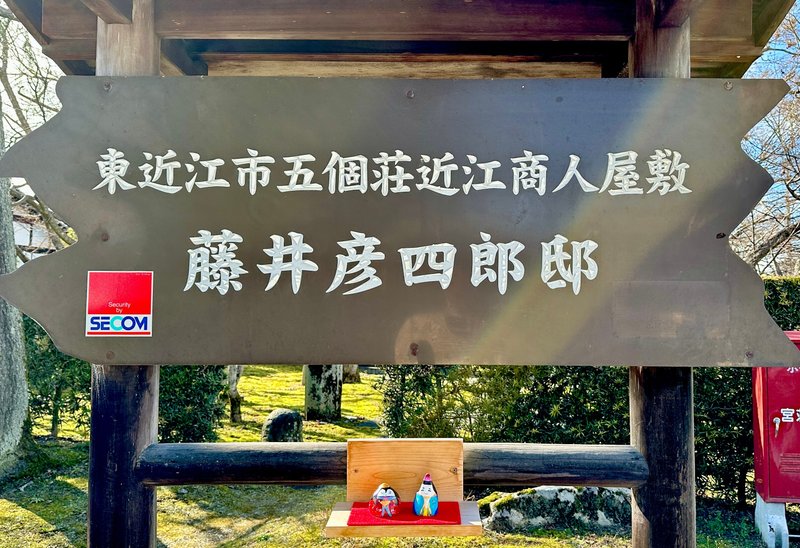
The Origins and Commercial Activities of Omi Merchants
I visited Higashiomi Goka-cho to explore the origins of the rules that Omi merchants followed. Omi merchants, notably originating from Higashiomi, Hino, and Goka-cho, were engaged primarily in earning their living in other countries. These merchants, who founded businesses from the late Edo period to the Meiji era, handled textiles such as kimono fabric, cotton, and hemp, and expanded their activities primarily in Kanto, Shinano, the Ou region, and the Kinai area.
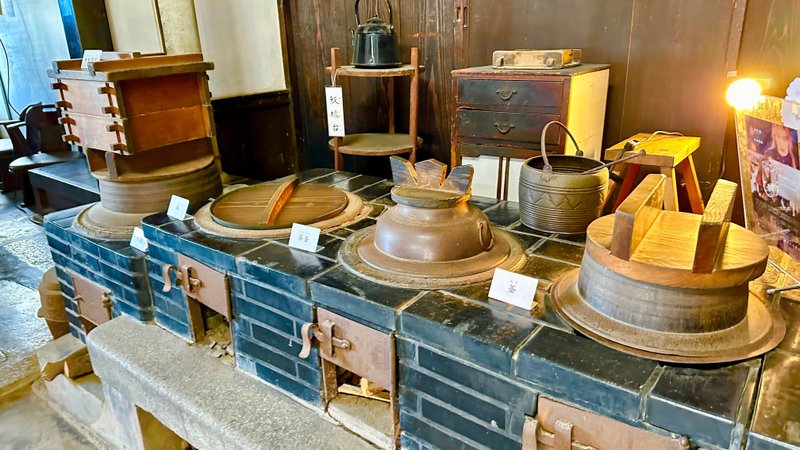
The management of Goka-cho merchants was supported by the spirit of diligence, frugality, honesty, solidity, and independence, respecting ancestors, maintaining reverence for the gods, contributing to public welfare projects even after achieving success. Omi merchants' commercial activities fundamentally started with peddling, expanding their sales routes on foot, quickly gathering information on demand and supply, accumulating capital, and eventually establishing branches nationwide and advancing into the three capitals of Edo, Osaka, and Kyoto as wealthy merchants.

Hikojiro Fujii and His Business
Among them, Hikojiro Fujii was particularly notable. Born in 1899 (Meiji 9) in Miyasho, Kitagoka-cho village, Shiga Prefecture, into the Fujii family of Omi merchants, he spent his childhood there. As his father was running a business in Kyoto, Hikojiro was raised by his mother. Known as a notorious rascal in the village, he dropped out of Otsu Prefectural Commercial High School (now Hachiman Commercial High School) and honed his commercial skills at Miyahara Trading Store in Won Mountain, Korea, before returning to Kyoto to take over his father's business with his brother. In 1907 (Meiji 40), he launched Fujii Hikojiro Shoten, achieving success with products like "Silk Komachi thread." In the field of chemical fibers (rayon), Hikojiro, along with Kichibei Nishida in Tokyo, was hailed as a pioneer in Japan.

Curious and diligent, Hikojiro actively researched foreign literature and magazines, recognizing the potential of artificial silk invented in France in 1889. He imported samples from France and Germany, actively promoting them to weavers in Kyoto's Nishijin district. Although initially inferior to natural silk in quality, the efforts of Hikojiro and Nishida gradually expanded the market and advanced domestic production. Later, Hikojiro shifted to manufacturing and selling wool, achieving great success with the "Ski Wool" brand. According to Drucker, the main purpose of a company is to create customers, with marketing (meeting customer needs) and innovation (creating new value) being its fundamental functions.
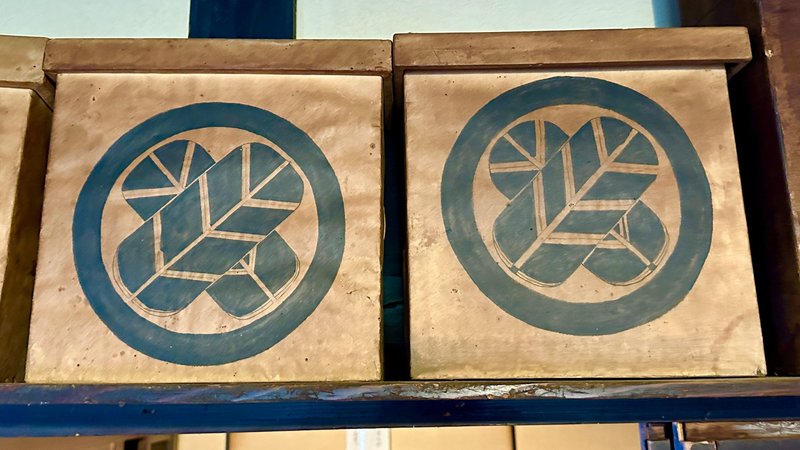
During the Edo period, Omi merchants supplied old clothes and miscellaneous goods from Kyoto and Osaka to customers in Edo and other regions, and vice versa, fulfilling the marketing function. Hikojiro Fujii, by importing and selling artificial silk as an alternative to natural fibers, opened up new markets and laid the foundation for the chemical fiber market, being recognized as one of the pioneers.
Social Contributions and Legacy
Hikojiro's contributions to his business went beyond economic success. In 1934, he built a luxurious guesthouse in Miyasho Town, Higashiomi City, Shiga Prefecture, now known as the Goka-cho Omi Merchant House Fujii Hikojiro Residence, appreciated as a place of scenic beauty. Moreover, in 1936, he established the Fujii Kyoseikai with his personal wealth, contributing to the promotion of education, cultural improvement, and social welfare in the local community.
This public interest incorporated foundation continues to inherit his will, donating to many educational institutions after his death. Hikojiro Fujii's legacy encompasses not only his business success and contributions to architecture and society but also his lasting impact on future generations. His foresight, innovative spirit, and profound contributions to society form the foundation of today's Japanese industry, with his achievements set to be remembered for a long time. Hikojiro's story symbolizes the industrialization of Japan and its contributions to society, offering valuable inspiration to future generations.
この記事が気に入ったらサポートをしてみませんか?
